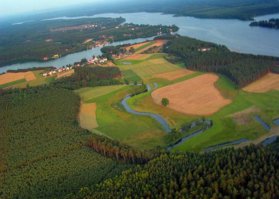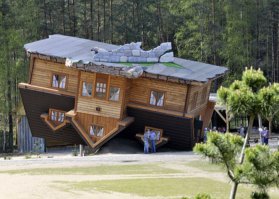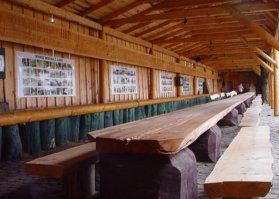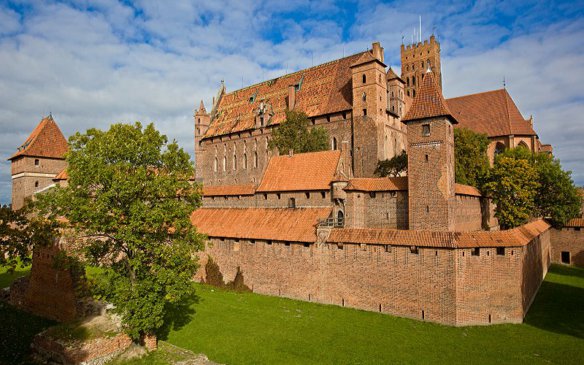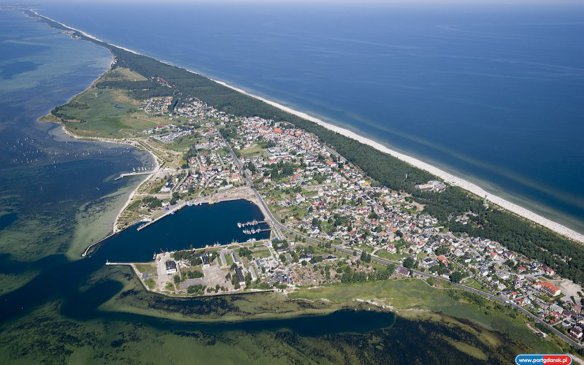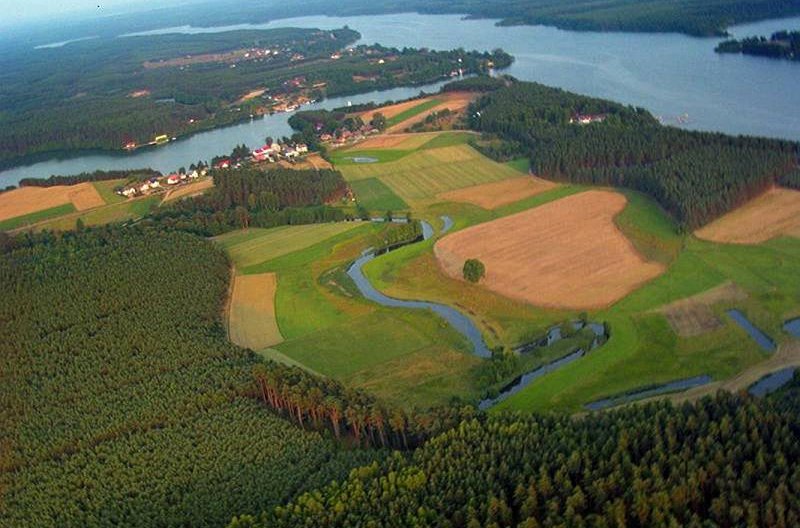

Kashubian Switzerland is the itinerary showing one of the most spectacular regions in Poland – Kashubia, which is often called Kashubian Switzerland thanks to its scenic charm and unique landscapes. The association with the Alpine country of Switzerland comes naturally when looking at the many postglacial lakes surrounded by rolling hills, which add to the stunning Kashubian landscapes.
One of the must-see locations in this region is Wdzydze Kiszewskie which is home to the oldest open air museum in Poland, presenting on an area of 22 hectares a wide variety of buildings and structures typical of Kashuby and the neighbouring Kociewie, including farm houses, mills, inns, barns and outhouses, workshops and other structures illustrating the erstwhile ways of country living in this region. A walk around the outdoor museum surrounded by picturesque Kashubian nature, and a look inside the reconstructed farm houses equipped in many cases with the original fittings and furnishings dating back to the past times of this region, such as the famous Kashubian embroidery, affords a fascinating adventure while exploring a cultural history of northern Poland, the land inhabited by the Kashubian people, who until the present day have preserved their unique identity, their own language and a variety of vivid customs.
At a close distance of less than 30 kilometres away from Wdzydze there is another interesting place of Kashubian Switzerland – Szymbark – nestled at the feet of Wieżyca, the highest hill on the Central European Lowland.
For several years now this location has enjoyed special popularity with tourists thanks to the one and only Upside-down house. As the name indicates itself, the house has been built in reverse order, with its roof anchored firmly one metre into the ground. Visitors to the house walk on the ceiling and the floor is over their heads. The initiators of this concept created it as a memorial to the toppling of communism, when the life in Poland was based on values that were considered turned upside down. The house is a symbol of those times and allows visitors to experience an odd feeling, which literally and figuratively evokes dizziness and strange emotions. While in Szymbark, it is well worth trying to wander briefly in the underground tunnels and visit the Bunker of Pomeranian Gryffin where a war sounds performance can be heard. A short, 2-minute audio recording played with the lights off takes listeners into the whirlwind of terrifying war combat, exposing them to the sound effects of whizzing bullets, roaring bomber plane engines and shelling. This performance will make a huge impression on those who only know about war from their ancestors’ accounts or from books. Emotions will be also running high while visiting the Siberia Exiles’ Home, which was brought to Szymbark in parts and then reconstructed to provide a venue for this Regional Education Centre of high merit.
Szymbark has also been frequently mentioned in the Guinness Book of Records since it is house to the longest plank in the world, the longest table in the world and the biggest concert piano in the world, weighing nearly 2 tonnes.
A visit to Szymbark is a great opportunity to taste, perhaps for the first time ever, the fish that was earlier on caught by ourselves. Some other local specialties include Kashubian beer brewed exclusively in Szymbark according to the special Kashubian recipe.
The district’s natural attraction is its lakes, with rental shops offering kayaks, boats and water bikes. The Kashubian lakes provide ideal conditions for windsurfing and other water sports that, thanks to the fairytale surroundings, will surely gain a fresh new dimension.
